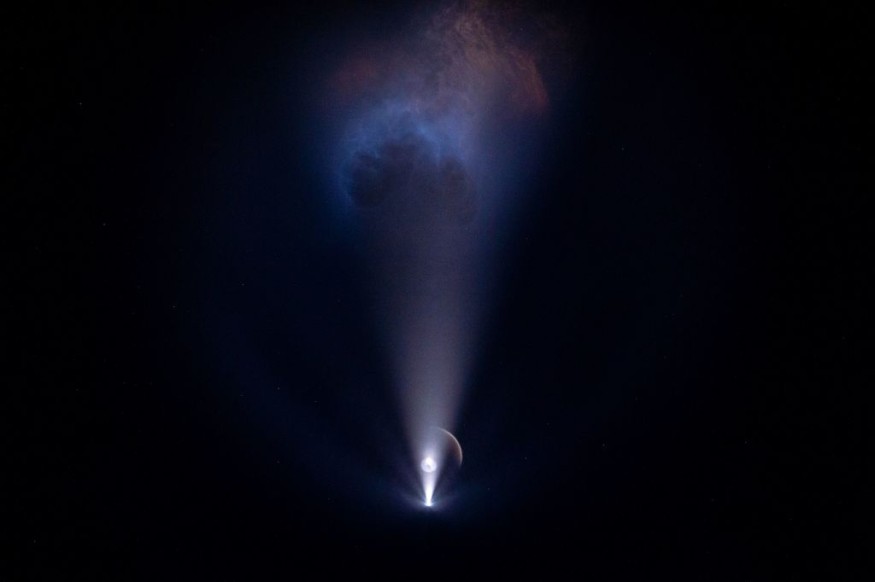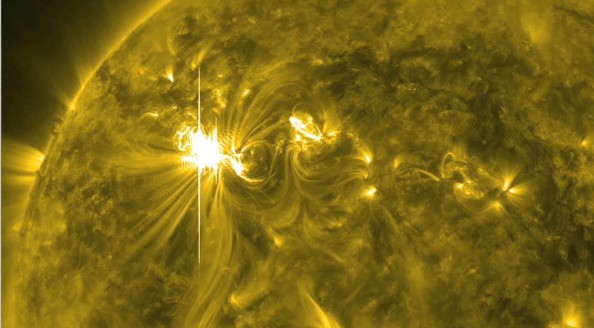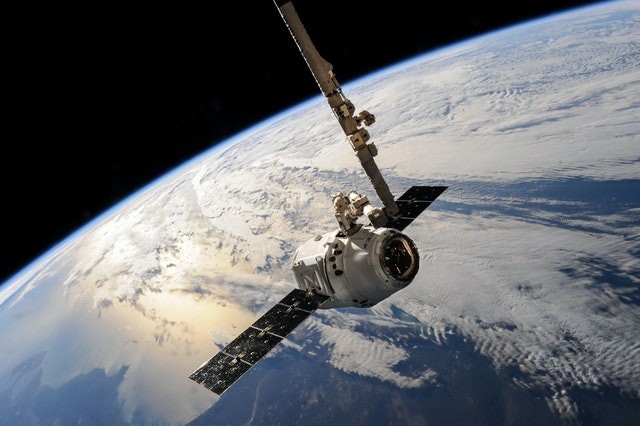A geomagnetic storm is believed to have damage 40 of the 49 Starlink satellites launched on February 3, according to Elon Musk's satellite internet provider Starlink, which launched on February 3.
For the deployed satellites to reach their appropriate orbit around the Earth, they had to endure up to 50% more drag than during prior launches.
According to The Verge, the company tried to fly them "edge-on (like a sheet of paper)" to avoid drag, but as many as 40 of them may end up in the atmosphere rather than reach their destinations.

SpaceX Milestone
In the larger scheme of things, SpaceX recently passed the 2,000-satellite milestone and aimed to launch at least 12,000 more - so losing 40 of them would not be a big issue. The bulk of a Falcon 9 rocket's Starlink launch capacity is still burning up in the atmosphere.
At 1:13 p.m. on Thursday, February 3, from Kennedy Space Center's Launch Complex 39A (LC-39A), 49 Starlink satellites were launched to low Earth orbit at EST. With a perigee of around 210 kilometers above Earth, the second stage of the Falcon 9 sent the satellites into their proper rotation, and each satellite flew in a controlled manner.
If a satellite fails to pass first system checks, SpaceX deploys it into these lower orbits so that air drag may swiftly deorbit it if it does not pass initial system checks. To preserve a sustainable space environment, we must deploy at a lower altitude, which means more capable satellites at a higher cost.
Read also: DART: NASA's Defense System Against Asteroids Uses Clever Algorithm to Predict Incoming Threat
Intense Geomagnetic torm

On Friday, a geomagnetic storm had a severe influence on the satellites launched on Thursday. These storms cause the atmosphere to warm up and increase air density at our low deployment altitudes.
In fact, according to onboard GPS, the storm's increasing speed and severity increased air drag by up to 50% compared to earlier launches. After putting the satellites into safe mode (like a sheet of paper) to reduce drag and essentially "take cover from the storm," the Starlink team continued to work closely with LeoLabs and the Space Force's 18th Space Control Squadron to give ground radar-based updates on the satellites.
Assessments

According to preliminary assessments, the high drag at low altitudes prohibited the satellites from exiting safe-mode to begin orbit raising operations. Up to 40 of the spacecraft will return or have already reentered the Earth's atmosphere.
The deorbiting satellites have little chance of colliding with other satellites and are designed to die as they reenter the atmosphere, resulting in no orbital debris and satellite components hitting the Earth. The Starlink team has made considerable efforts to guarantee that the system is on the cutting edge of on-orbit debris reduction in this specific circumstance.
Recent research has added to the fear that Starlink satellites are leaving streaks across astronomers' views as they circle, which might impede us from recognizing harmful asteroids.
For more cosmic news, don't forget to follow Nature World News!
© 2025 NatureWorldNews.com All rights reserved. Do not reproduce without permission.




